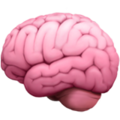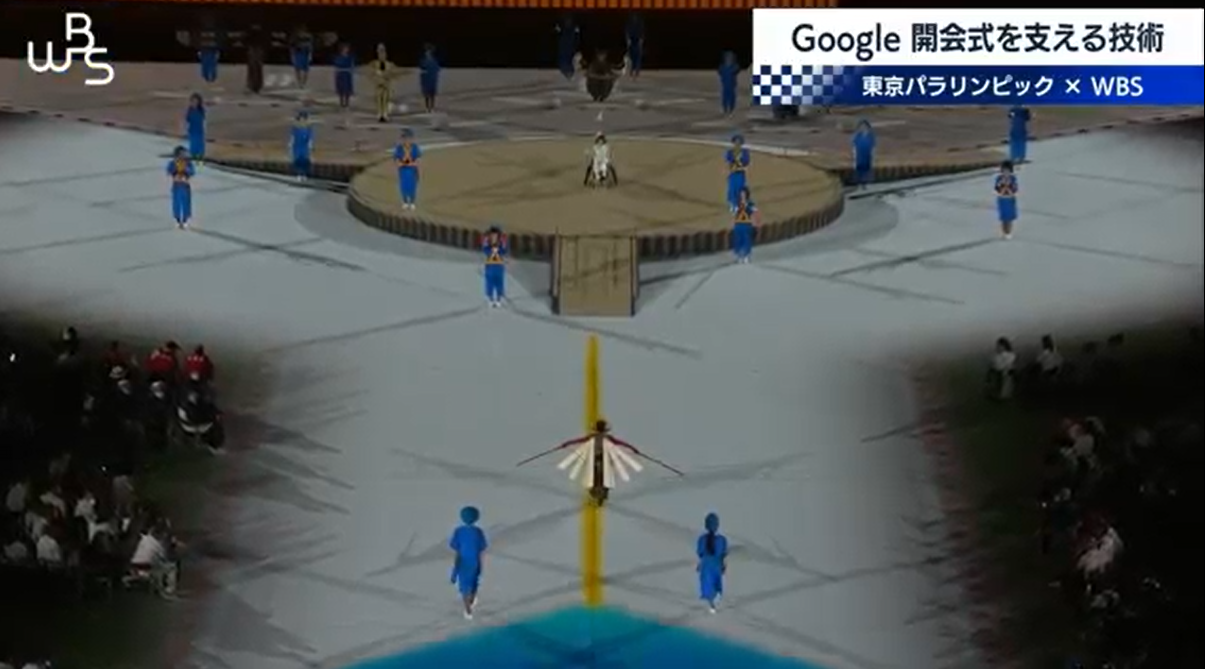Project Guideline
on-device AI to enablE people who are blind/low vision to walk/run independently for Exercise.
2019-2023
At a Creative Lab hackathon in August 2019, Thomas Panek - CEO of Guiding Eyes for the Blind, decorated distance runner, and blind man challenged us to imagine if technology could help him run independently.
My partner Dror and I, conceived of, concepted, and prototyped the first iteration of the solution using a consumer smartphone, headphones, and a guideline on the ground.
We partnered with computer vision engineers in Google Research to further explore and refine the system over 2019 and 2020:
Jan 2020: Thomas runs his first independent mile at The Armory Track in NYC.
Jul 2020: Thomas runs independently outside at a county park in Westchester County, NY as his family watchines in support.
Nov 2020: Thomas runs New York Road Runner’s Virtual Run for Thanks 5K in Central Park using only our Guideline technology.
In 2021, we partnered with Achilles International and their network of local chapters on a 20+ city testing and feedback program. We trained their chapter leads to conduct trial sessions with their athletes, testing the technology, collecting user data, and collecting camera data for AI training. We took their direct input to continue to refine the onboarding and navigation systems.
Also in 2021, our Guideline technology was featured in the Tokyo Paralympics Opening Ceremony and local runner Masamitsu Misono ran an independent 10K along the beach near his home in Chiba, Japan. All thanks to a dedicated and hardworking partner team at Google Tokyo.
In 2022, again in Japan, our Tokyo team and the local Achilles International chapter worked together to participate in the ASICS World Ekiden, a virtual long-distance relay road race. Six blind runners collectively ran 42.195km in 4 hours 29 minutes and 44 seconds using Guideline technology.
In 2023, the Project Guideline team released all of our work to the open-source community. It includes source code for the core platform (DeepLabV3+, ARCore, etc), an Android application, pre-trained ML models, and a 3D simulation framework.
In 2024, the technology was pushed even further by replacing our line segmentation models with a human segmentation model - allowing a blind runner to run a half-marathon in Sweden by following a guide runner directly in front of him.
I am beyond proud that a little project was able to achieve so much. Growing from a 2 person team to a 30 person team researchers, engineers, designers, product and program managers, both full time and volunteer part time. And for it to continue to this day after I left Google in 2022 is what makes me most proud of all. I express my deepest gratitude to all of the people literally across the world, inside of Google and out, that believed in us, helped us, worked with us. Project Guideline is an encouraging testament that there folks want to do good for the world, if only they’re given the chance.
ROLE
Creative Lead, CMO
Project Lead, COO
Program Lead
AWARDS
2021 D&AD Future Impact Pencil: Design
2021 Webby Nominee: Experimental & Innovation (Apps & Software)
2021 Innovation League Grand Prize, presented by Japan’s Ministry of Education, Culture, Sports, Science, and Technology.
links
Read Thomas’ words about the project on Google’s Keyword blog.
Read about the technical journey on Google’s Research blog.
Read the open source announcement on Google’s Research blog.
Check Thomas’ official 5K time on New York Road Runner’s site.
Watch Misono-san run a 10K in Chiba, Japan.
Watch Yuta-san live demo Guideline during the Tokyo Paralympics Opening Ceremony.
CREDITS
Thomas Panek, Dror Ayalon, Matt Hall, John Watkinson, Mikhail Sirotenko, Xuan Yang, Tomer Meron, Sagar Waghmare, Lucian Ionita, Amit Pitaru, John Mernacaj, Cliff Lungaretti, Dorian Douglass, Natalie Dennis, Eric Rothman, Steve Rura, Glenn Cochon, Isaac Blankensmith, Jeremy Turner Studio, RCO.tv, Samasource, Guiding Eyes for the Blind, Armory Track, Achilles International, and many others.









